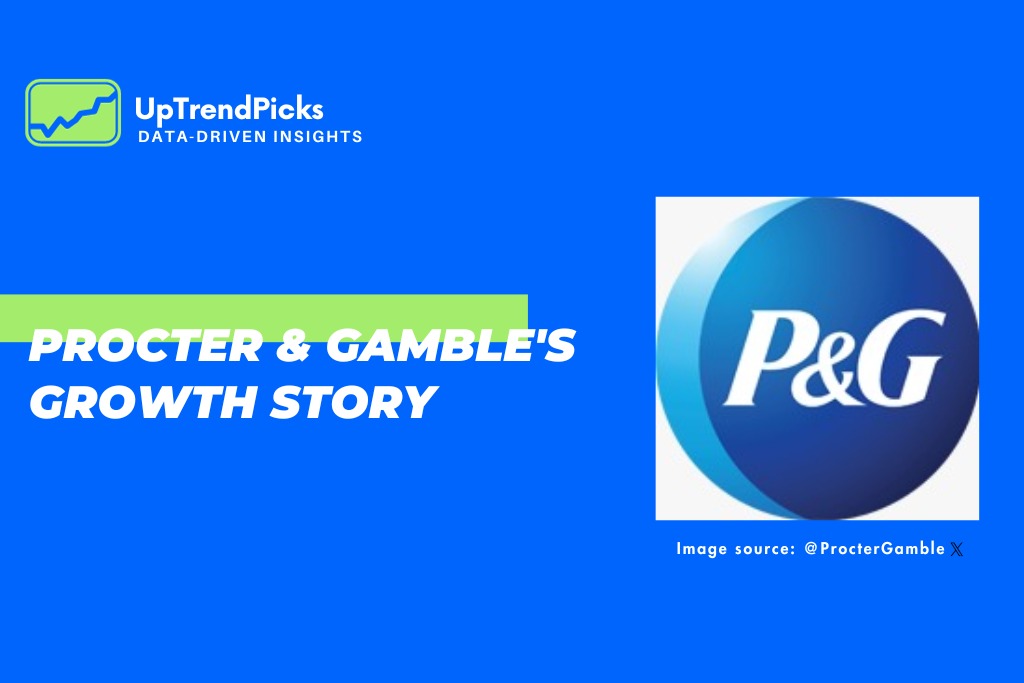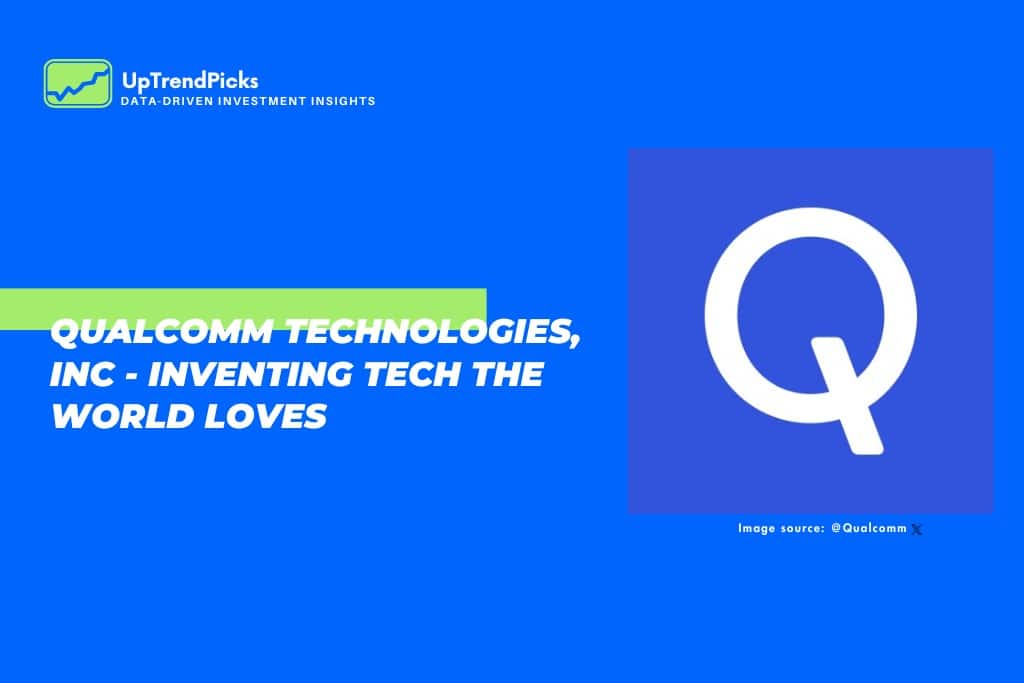PROCTER & GAMBLE's GROWTH STORY

In the early 2000s, Procter & Gamble (P&G) faced a challenge with its iconic brand, Tide. Despite being a dominant force for over 50 years, Tide’s growth slowed. A decade later, Tide’s revenues nearly doubled, contributing significantly to the surge in annual division revenues from $12 billion to almost $24 billion. This transformation was not lucky but the result of P&G’s strategic effort to systematize innovation and growth.
Innovating inspired by Edison and Ford
P&G’s strategy traces its roots back to the pioneers of innovation -Thomas Edison and Henry Ford. Inspired by Edison’s industrial research lab and Ford’s mastery of mass production, P&G aimed to marry creativity with speed and reliability. The answer was conceptualizing a “new-growth factory” to foster disruptive innovations systematically.
Laying the foundation
Innovation has always been at the core of P&G’s growth. The company invests heavily in research and development, conducting extensive consumer research globally. Recognizing that financial gain and competitive advantage alone are self-limiting motivators, P&G instills an emotional component—a sense of purpose driving innovation to improve people’s lives.
Sharpening the focus
P&G realized that breakthrough innovations were crucial for sustained growth. In 2004, a team took on the task of designing a new-growth factory based on Clayton Christensen’s disruptive innovation theory. It led to workshops, training sessions, and the formation of new-growth business guides, all aimed at fostering disruptive growth mindsets and behaviors.
Running the factory
By 2008, P&G had a working factory prototype, but a proliferation of small projects weighed down its innovation portfolio. A.G. Lafley and Bob McDonald, then COO, focused on transformational-sustaining innovations, strengthened organizational supports, and integrated innovation and strategy assessments.
Stock performance metrics
Procter & Gamble Co., trading under the stock ticker PG on the New York Stock Exchange, is a prominent player in the consumer discretionary sector/packaged goods-cosmetics industry. In the year 2023, P&G showed a down slide of -3.31%, reaching a high of $ 154.80 and a low of $ 141.90. The market capitalization of P&G stands impressively at $ 345.38 billion, a Dividend Yield of 2.57% and a P/E Ratio of 23.82. With a share volume of 5,023,033….. and an average volume of 6,574,455. P&G’s performance metrics include a 50 DMA of $ 148.90, a 100 DMA of $ 149.86, and a 200 DMA around $ 150.22. According to Nyse.com, The Vanguard Group Inc is the largest institutional shareholder in P&G, holding 225,381,144 shares amounting to $ 33,027,392(000).
Lessons for leaders
P&G’s journey offers valuable lessons:
Closely coordinate the factory and the core business: A healthy core business is essential for sustained innovation.
Promote a portfolio mindset: Building a varied portfolio, from sustaining to disruptive innovations, helps manage risk.
Start small and grow carefully: A staged approach allows for early revision and targeted experimentation.
Create new tools for gauging new businesses: Innovative tools like “transaction learning experiments” help analyze nascent markets.
Ensure you have the right people doing the right work: Small, agile teams with seasoned members and ongoing training are crucial.
Encourage intersections: Cross-pollination with other disciplines and external innovators fosters rich perspectives.
P&G’s new-growth factory is not just about the systematic pursuit of a single innovation but a continuous stream of ideas in development – a factory humming with work. The systematic approach has significantly increased the success rate of P&G’s innovations and created a sustainable source of revenue growth. The journey underscores the potential for collective creativity and innovation within large corporations.
[Disclaimer: This article is for informational purposes and reflect the views of the author. They should not be construed as financial or investment advice. Any investment involves risks, and individuals should carefully consider their investment decisions. The content of this article does not constitute an offer or solicitation to buy or sell any securities. Readers should consult with their financial advisor or conduct their own research before making investment decisions.]
For more insights and analysis, visit UpTrendPicks.com


